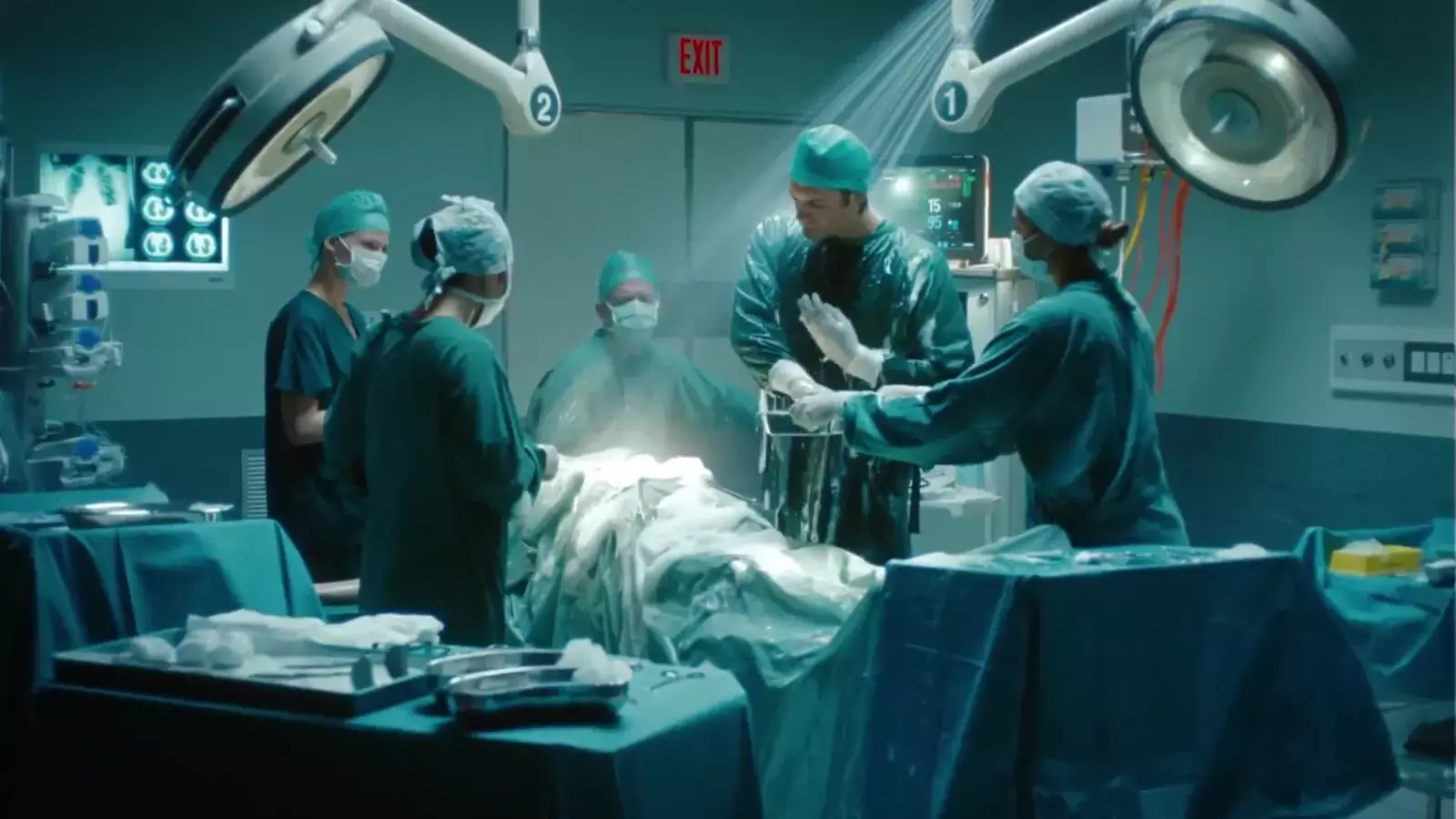- Home
- Medical news & Guidelines
- Anesthesiology
- Cardiology and CTVS
- Critical Care
- Dentistry
- Dermatology
- Diabetes and Endocrinology
- ENT
- Gastroenterology
- Medicine
- Nephrology
- Neurology
- Obstretics-Gynaecology
- Oncology
- Ophthalmology
- Orthopaedics
- Pediatrics-Neonatology
- Psychiatry
- Pulmonology
- Radiology
- Surgery
- Urology
- Laboratory Medicine
- Diet
- Nursing
- Paramedical
- Physiotherapy
- Health news
- Fact Check
- Bone Health Fact Check
- Brain Health Fact Check
- Cancer Related Fact Check
- Child Care Fact Check
- Dental and oral health fact check
- Diabetes and metabolic health fact check
- Diet and Nutrition Fact Check
- Eye and ENT Care Fact Check
- Fitness fact check
- Gut health fact check
- Heart health fact check
- Kidney health fact check
- Medical education fact check
- Men's health fact check
- Respiratory fact check
- Skin and hair care fact check
- Vaccine and Immunization fact check
- Women's health fact check
- AYUSH
- State News
- Andaman and Nicobar Islands
- Andhra Pradesh
- Arunachal Pradesh
- Assam
- Bihar
- Chandigarh
- Chattisgarh
- Dadra and Nagar Haveli
- Daman and Diu
- Delhi
- Goa
- Gujarat
- Haryana
- Himachal Pradesh
- Jammu & Kashmir
- Jharkhand
- Karnataka
- Kerala
- Ladakh
- Lakshadweep
- Madhya Pradesh
- Maharashtra
- Manipur
- Meghalaya
- Mizoram
- Nagaland
- Odisha
- Puducherry
- Punjab
- Rajasthan
- Sikkim
- Tamil Nadu
- Telangana
- Tripura
- Uttar Pradesh
- Uttrakhand
- West Bengal
- Medical Education
- Industry
CAOS a much desired yet sparsely employed practice in dentomaxillofacial region: Study

Computer-assisted orthognathic surgery (CAOS) is a much desired yet sparsely employed practice in the dentomaxillofacial region, according to a recent study published in the Journal of Dentistry.
Since cone-beam computed tomography (CBCT) became available, research in the field of computer-assisted orthognathic surgery (CAOS) is constantly on the rising. It is the purpose of the present paper to describe the use of the available digital technology in the workflow of CAOS and to provide insight on the advantages and limitations arising from the use of both hardware and software.
Systematic reviews, randomised controlled trials, prospective and retrospective clinical studies, case series and reports were consulted with search terms having been entered into PubMed, Google Scholar and the Cochrane database.
The results of the study are:
There is evidence that supports the use of computer-assisted orthognathic surgery (CAOS), which is based on the lack of time-consuming preparatory steps, more accurate treatment planning and overall, better surgical results. On the contrary, there is also evidence of the increased need for training and of higher costs.
Thus, the workflow of computer-assisted orthognathic surgery (CAOS) involves the acquisition of data that are manipulated to provide the virtual patient, the treatment planning with the appropriate software and the actual preparations for surgery. In the case of a non-dynamically guided procedure, it also includes the 3d printing of surgical wafers, osteotomy guides and templates. Even though the native environment for any given surgical treatment planning is three-dimensional, several hurdles seem to impede the universal acceptance of computer assisted orthognathic surgery (CAOS) amongst clinicians. Computer-assisted orthognathic surgery (CAOS) is a much desired yet sparsely employed practice for the correction of congenital, developmental or acquired pathologies in the dent maxillofacial region. This paper addresses the small details in computer assisted orthognathic surgery (CAOS) workflow towards an effective practice and describes the advantages and limitations of the software and hardware currently in use.
Reference:
The current state of computer assisted orthognathic surgery: A narrative review by Dimitrios Apostolakis et al. published in the Journal of Dentistry.
https://www.sciencedirect.com/science/article/abs/pii/S0300571222001099
Dr. Shravani Dali has completed her BDS from Pravara institute of medical sciences, loni. Following which she extensively worked in the healthcare sector for 2+ years. She has been actively involved in writing blogs in field of health and wellness. Currently she is pursuing her Masters of public health-health administration from Tata institute of social sciences. She can be contacted at editorial@medicaldialogues.in.
Dr Kamal Kant Kohli-MBBS, DTCD- a chest specialist with more than 30 years of practice and a flair for writing clinical articles, Dr Kamal Kant Kohli joined Medical Dialogues as a Chief Editor of Medical News. Besides writing articles, as an editor, he proofreads and verifies all the medical content published on Medical Dialogues including those coming from journals, studies,medical conferences,guidelines etc. Email: drkohli@medicaldialogues.in. Contact no. 011-43720751


